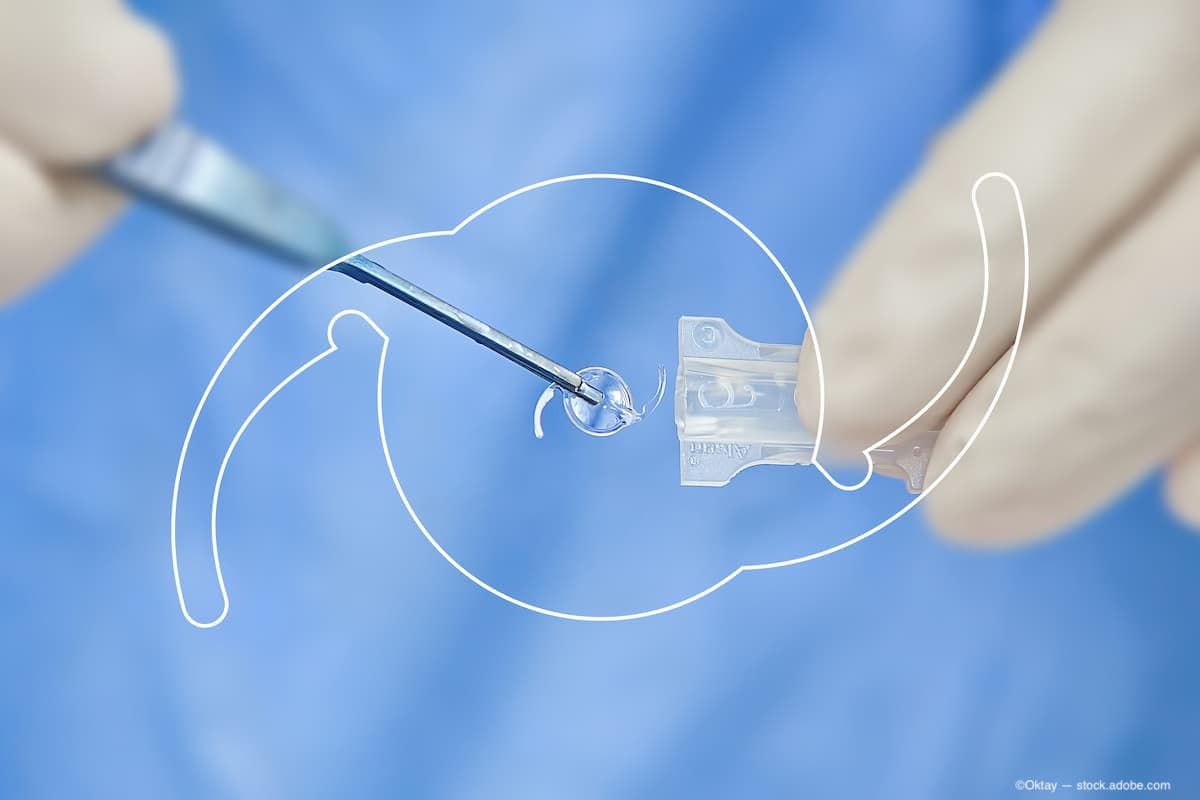Article
The future of keratoconus treatment
Despite the advent of advanced technologies-such as corneal stromal collagen crosslinking (CXL), intracorneal ring segments (ICRS), toric phakic and pseudophakic IOLs, and keratoplasty-patients with keratoconus are mostly being managed with spectacles and/or contact lenses.
Barcelona, Spain- Despite the advent of advanced technologies-such as corneal stromal collagen crosslinking (CXL), intracorneal ring segments (ICRS), toric phakic and pseudophakic IOLs, and keratoplasty-patients with keratoconus are mostly being managed with spectacles and/or contact lenses.
The combination of stabilization techniques with various forms of CXL (mostly epi-off) with transepithelial PRK and/or ICRS and/or phakic IOLs is a robust strategy that may eliminate the need for keratoplasty in patients with keratoconus, according to Jose Guell, MD, PhD.
More in this issue: What to tell your patients about MIGS
However, there are no long-term data for any of these approaches.
“The current unique indication for CXL is cone stabilization in patients with keratoconus,” said Dr. Guell, associate professor of ophthalmology, Universidad Autonoma de Barcelona, and director, Cornea and Refractive Surgery Unit, Instituto de Microcirugia Ocular de Barcelona, Barcelona, Spain.
The side effects of the procedure include central corneal flattening and irregularity index improvement with improvement of the best-corrected visual acuity that may become future new indications for CXL, but cone stabilization currently is the only indication, he explained.
Research into the results of CXL has been limited and there are no long-term data, except for the Dresden and Siena protocol, extending out to 10 years.
The classic epi-off CXL protocol that uses riboflavin and ultraviolet light is the only one for which there are outcomes for 5 or more years. Questions remain about the efficacy and safety profiles of CXL with different energy levels for different durations, as well as the efficacy profiles of transepithelial approaches.
NEXT: Transepithelial CXL
Significant controversial results have been reported with the various transepithelial techniques, which preserve the epithelium. Consequently, some investigators are opposing its use.
In case you missed it: Rising to the challenge of persistent epithelial defects
Iontophoresis, a noninvasive approach in which an electric current with low intensity is used to enhance the penetration of riboflavin into the stroma, facilitates more precise, homogeneous diffusion of the ionized molecule through the epithelium. However, no long-term data are available, Dr. Guell explained.
Shorter procedures using higher energy doses have been proposed, but again, long-term results are not available.
“It appears that reducing the treatment time by increasing the treatment intensity may not result in equivalent efficacy in reducing the progression of the corneal ectasia,” Dr. Guell said. “Higher failure rates are possible. It seems that this shorter approach may need an extra treatment, such as use of oxygen, but long-term data are lacking.”
NEXT: PRK
Combining PRK with CXL is becoming accepted internationally to improve high- and low-order aberrations and to stabilize the cornea.
“PRK only makes sense if it is associated with CXL and used in a transepithelial approach, especially when faced with a significant irregular component of the astigmatism,” Dr. Guell said. “It is recommended that PRK be performed first and then CXL because the benefits of CXL would be lost otherwise.
“A transepithelial approach is important, especially in these irregular corneas because of the uneven corneal thickness, (and) because corneal topographic data will be lost with scraping,” he continued. “The few studies that have followed outcomes with this approach for more than 5 years have reported stability that is similar to the results in which only CXL was performed.”
NEXT: Ring segments
ICRS implantation of intrastromal corneal ring segments is recommended for complete or partial improvement of irregularity indexes and correction of low myopia. The long-term corneal stability with ICRS is unknown, and therefore ICRS cannot be used for this sole indication.
The device implantation is often combined with CXL, but the best order of the procedures remains undetermined, as is the choice of the specific ICRS for each clinical and topographic case, he explained. In most studies, the ICRS have been implanted first. In others, both were performed simultaneously, and in one, CXL was performed first.
“All of the studies reported significant stability of the results and no significant complications,” Dr. Guell said, although his favorite is the ICRS first and, some months later, CXL.
NEXT: IOLs
In cases in which the cone is stable usually after CXL, implantation of a toric IOL can be considered.
“The results of the combination of phakic IOLs and CXL showed this to be an extremely effective approach with no visual loss,” Dr. Guell said. “The vast majority of patients, 82%, in our 2012 study [J Cataract Refract Surg. 38:475-484] had ±0.5 D of residual ametropia and 94% with ±1 D.
“The use of corneal stabilization and/or surface regularizing techniques with phakic IOLs, most toric IOLs, is a novel but robust strategy for managing primary and secondary ectasia,” he continued. “The number of eyes that will require a future corneal transplantation procedure likely will decrease significantly.”
His belief for the future is that transepithelial PRK and CXL will become a predominant treatment approach, especially for patients needing lower corrections although, without doubt, the combination of CXL and rigid gas-permeable contact lens will remain the gold standard.
“The use of shorter treatments of high intensity should not be considered standard until more long-term data are available,” Dr. Guell explained. “The only transepithelial technique with consistent results when considering the distribution of riboflavin is the iontophoresis approach.
“When considering implanting ICRS, it makes sense to implant the rings before CXL,” he added. “When considering CXL and transepithelial PRK, the relative unpredictability due to the induced CXL change is a factor. Anyway, we must not forget that significant complications can accompany these relatively noninvasive surgical procedure
Newsletter
Don’t miss out—get Ophthalmology Times updates on the latest clinical advancements and expert interviews, straight to your inbox.





